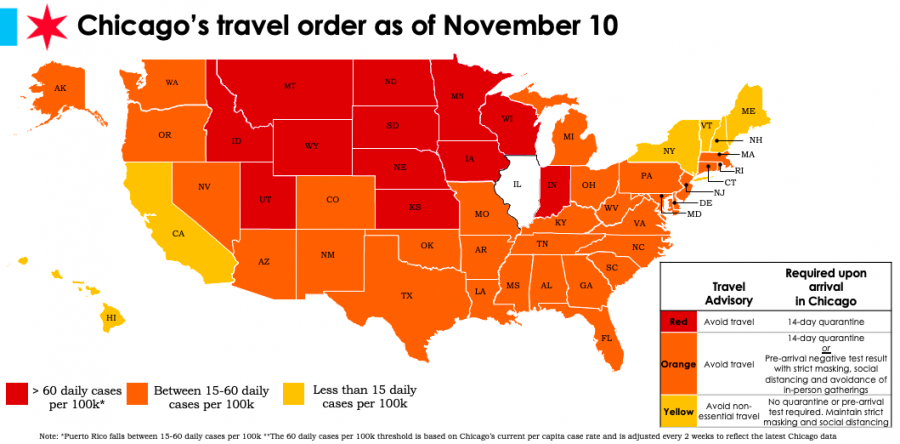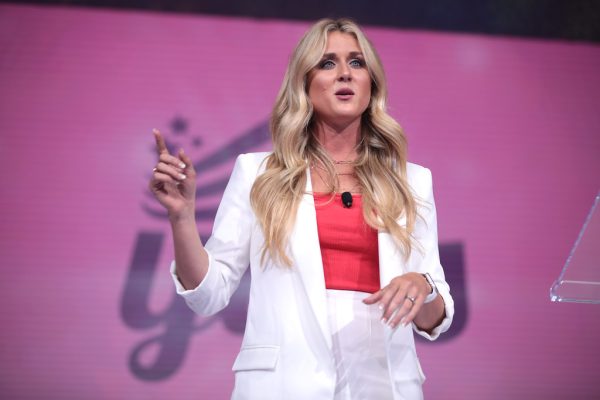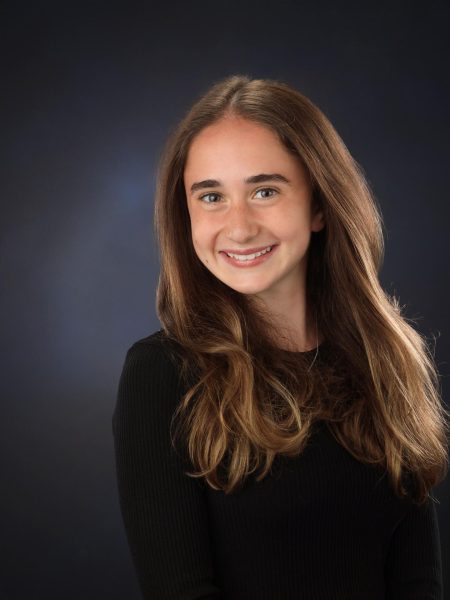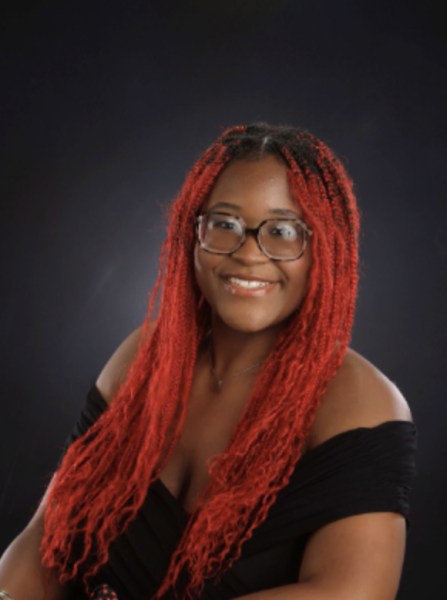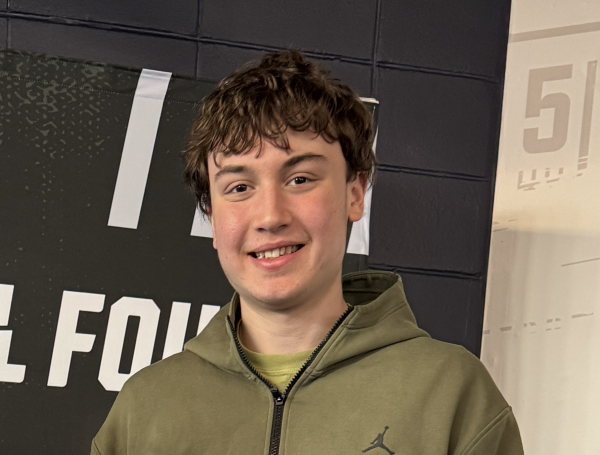Should Latin Go Virtual After Breaks?
While the school has yet to solidify a plan for after holiday breaks, knowing that both students and faculty are traveling, Latin should shift to a fully remote model for 14 days after the holiday season.
On November 10, the city of Chicago published new travel rules and regulations for people entering the city. Under the most recent Emergency Travel Order, people returning from most states need to quarantine for 14 days upon their return to Chicago.
In a survey asking if Latin students will be traveling during either Thanksgiving or winter break, of the 194 students that answered, 36.1% said yes.
Some members of the Latin community have said they would feel more comfortable with a shift online following holiday breaks. “I do think the school should move to remote,” said freshman Zoe Larsen. “The risk of somebody getting COVID is much higher if they are exposed to more places.”
Upper School computer science teacher Ash Hansberry agreed, saying, “I would personally be more comfortable going remote for two weeks after.”
However, Latin’s medical consultant, Dr. Leslie Cordes, pointed out that Illinois is currently a high-risk state and that activities we do in the city may be just as unsafe as traveling.
Dr. Jeeyun Lee, a parent at Latin and hospitalist at Rush University Medical Center, said she felt the same way. “There have been studies that flying on airlines is okay, as long as you take precautions,” she said. “It may be just as dangerous to be in Illinois.”
Dr. Lee shed light on some of the risks that come with a general uptick in COVID cases as well. “I don’t know if you were aware, but in the spring, when we had the first surge, all of the hospitals were flooded with people,” said Dr. Lee. “All of the beds were filled with COVID patients, including all ICU beds. That is a huge issue when you don’t have the capacity; what are you going to do with sick patients?”
While it may not seem like going to school would exacerbate the problem of overfilled hospitals, it does. Dr. Lee explained that children who get the virus may not get extremely sick, but that they will likely spread it to their parents, who may potentially spread it to their parents, and so on, and then there is a larger problem at hand. She said she thinks that members of the Latin community should be quarantining after any potential exposures, and she is a “huge supporter” of a school-wide post-break quarantine.
If Dr. Lee, a doctor working with COVID-19 patients on a daily basis, believes this is a good idea, the school should strongly consider this plan.
Throughout the year, administrators have emphasized the importance of signing and adhering to the community pledge. Upper School director Kirk Greer has sent out emails explaining that many people have signed the pledge but are not necessarily complying with it. Mx. Hansberry echoed this concern with respect to upcoming holidays. “It’s hard for me to imagine that everybody is going to be completely honest about if they traveled, where they traveled, what they did, and who they saw.”
Dr. Cordes plays a crucial role in deciding whether students are in the building. She emphasized how drastically and how quickly things with COVID-19 change. ”We are in a very different place than we were a month ago,” said Dr. Cordes. In just one month, positive cases in Illinois have increased by almost 10,000.
“Here we are on November 10 trying to make decisions for after Christmas break,” she said. “It is difficult right now to give a firm answer, because the situation is evolving rapidly. The environment needs to continue to be the best and safest place for students to learn.”
The Latin community is taking things one day at a time. Dr. Cordes and the rest of the COVID-19 response team are working to come up with a plan to keep everybody safe. Given the recent trends in infections and hospitalizations, a post-break quarantine would be best.
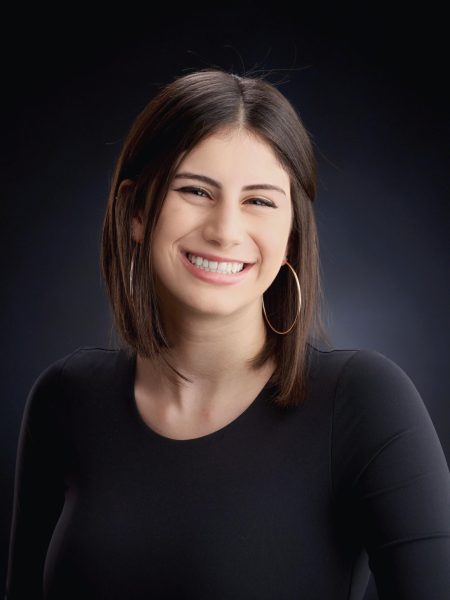
Eliza Lampert (’24) is a senior at Latin and is overjoyed to serve as one of this year’s Editors-in-Chief. During her time writing for The Forum, she...


















































